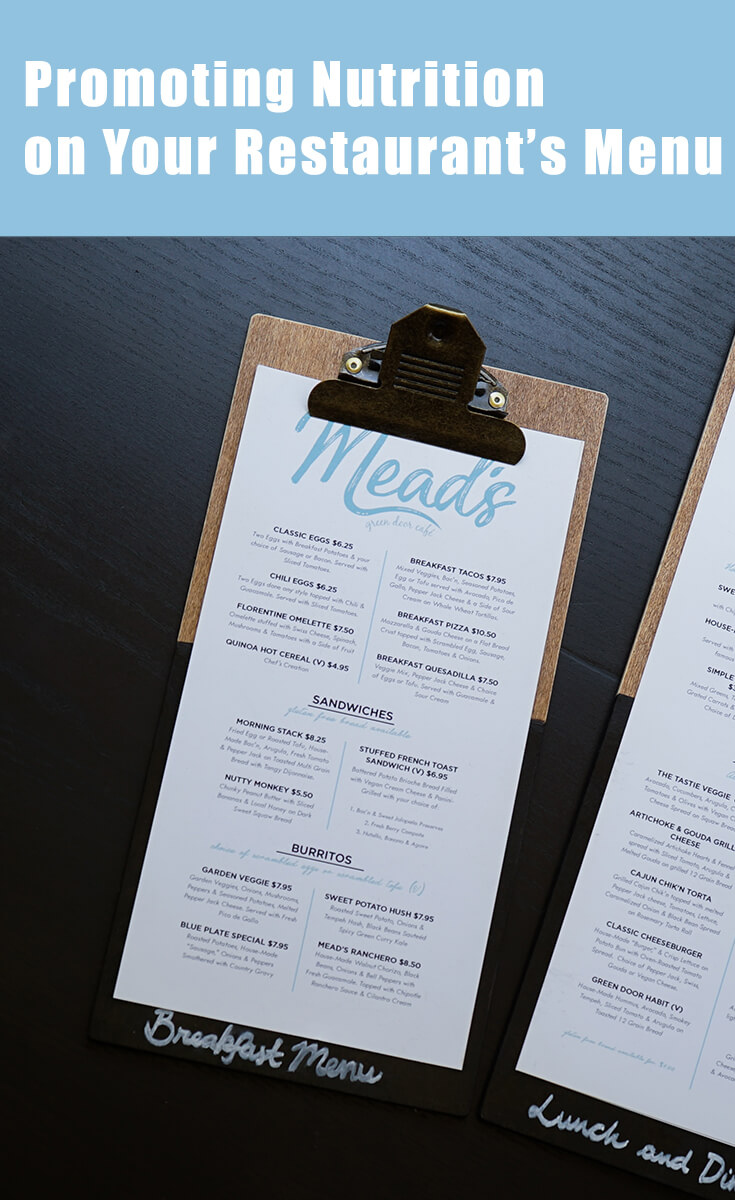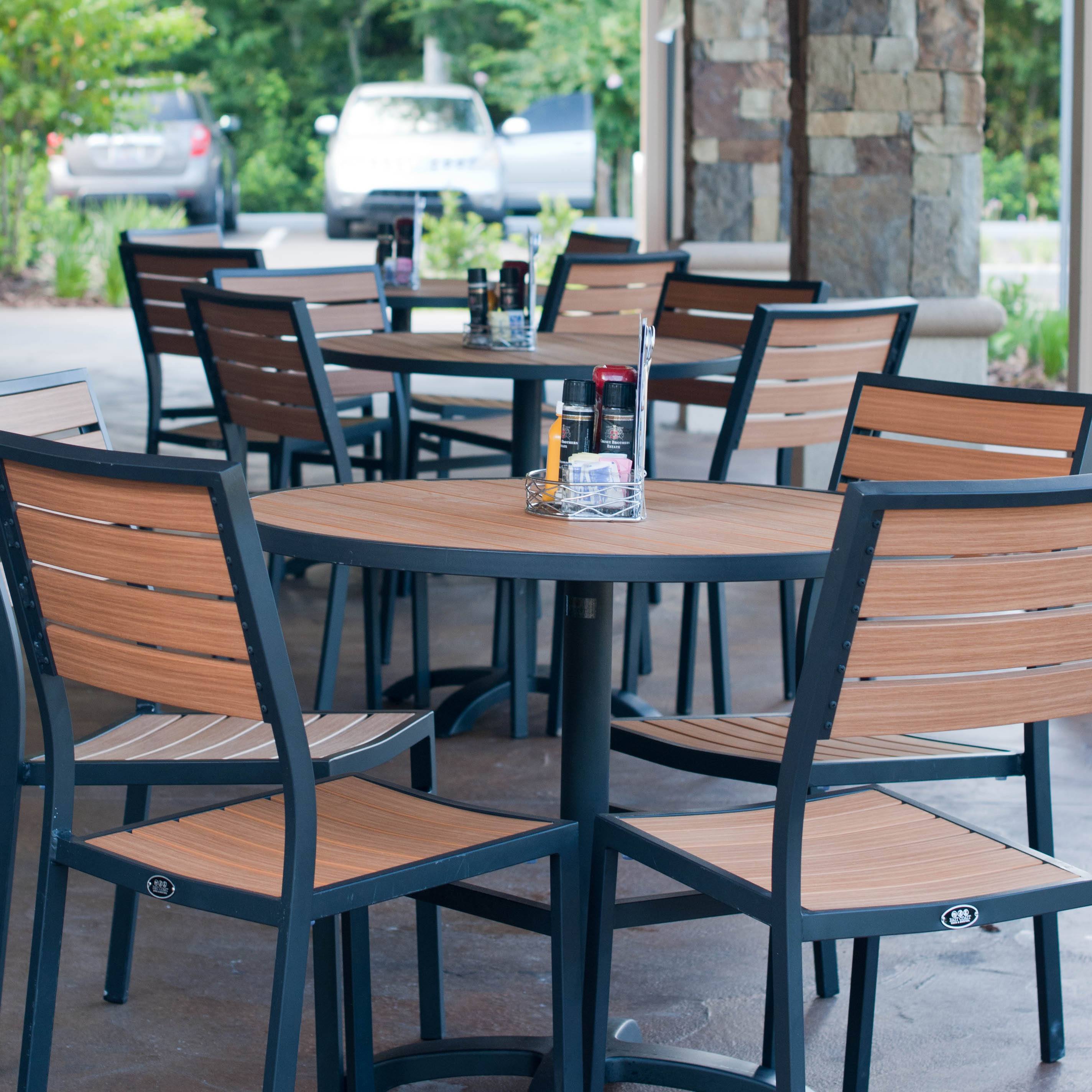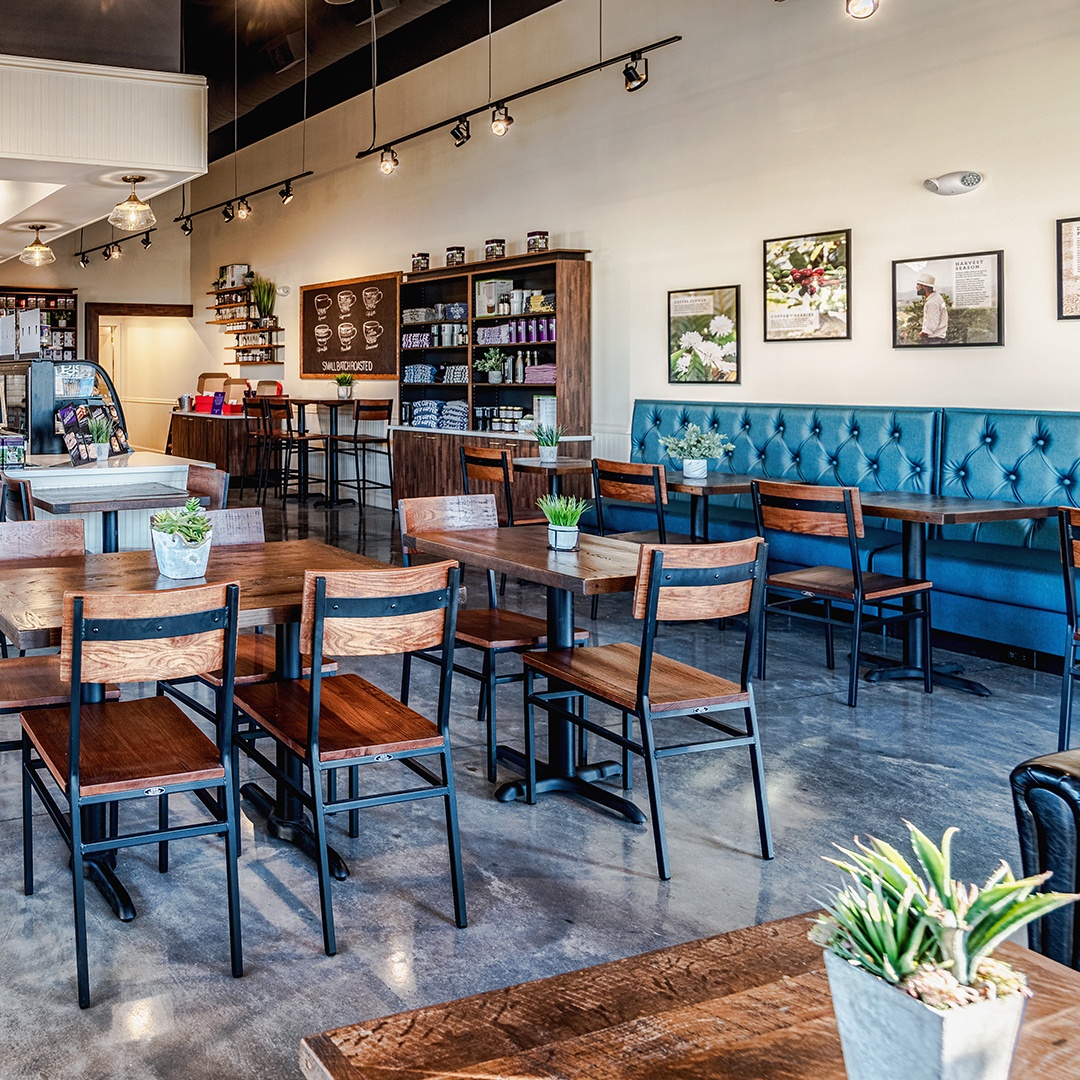The average American eats out between 4 and 5 times per week. That is a lot of food consumed in restaurants. And most of that food is probably not low-cal.
As restauranteurs, what is your obligation to provide healthier menu options? None at all, really. You’re in the business of providing delicious food and a good time, not babysitting other people’s food choices.
Still, promoting more balanced nutrition may be a good move. More people are concerned about their health than ever before. Providing some healthier choices and more dietary information could make it easier for them to fit your food into a balanced diet.
If this sounds like something you’d like to explore, here are some tips for promoting nutrition on your restaurant’s menu.
Provide Nutrition Information
Providing calorie counts for menu items has been a requirement for chain restaurants with 20 or more locations since mid-2018. But for the small chains and independent restaurants, there is no such requirement.
Still, some restaurants may choose to add calorie counts to their menus. Research shows that when calories are listed, diners order meals with about 3% fewer calories. While that’s not a massive decrease, that reduction could show positive benefits over time.
If you’d like to add nutrition information, you can send food items to a lab for analysis. Be prepared to spend between $200 and $800 per sample for high-tech testing!
A much more affordable option would be to use online databases to estimate calories for your dishes. Resources like the USDA Food Composition Database or apps like My Fitness Pal can help you to easily calculate calories as well as carbs, protein, and fiber content.
In the wake of the new calorie-disclosure regulation for chain restaurants, there has been some concern expressed by doctors and therapists who treat disordered eating. People who are preoccupied with calories can take a step backward on their road to recovery if they’re unable to avoid calorie counts on menus. It discourages them from making intuitive choices about their food intake and instead encourages a focus on the numbers — a behavior that treatment tries to curb.
A solution to this problem could be to have nutrition information available, but not immediately present. Add a note at the bottom of the menu stating “Nutrition information available upon request”. This would inform those concerned with calories and macronutrients that they can access the information without potentially derailing the recovery efforts of someone battling an eating disorder.
Highlight Healthy Options
Drawing attention to a high-profit menu item with a decorative frame is an old (but effective) menu trick. Why not try it for your healthier menu options as well?
You could use a frame, contrasting color, or extra white space to feature lighter menu options, positioning them as special and desirable choices. Use the same approach with a healthy seasonal special. Create a limited-time dish using in-season local produce. Display it on a table tent or menu insert to create buzz.
You’ll get the opportunity to be creative in the kitchen while also encouraging your customers to choose this healthy option.
Have A “Lighter” Menu Section
Rather than sprinkling your healthier offerings throughout the menu, consider gathering them all together in a “lighter” section. By dedicating menu real estate to some healthy options, you’ll position your restaurant as a place that caters to the health-conscious.
A good example: Maudie’s Tex-Mex. Tex-Mex food is notoriously heavy, with cheese, sour cream, beans, and rice galore. So Maudie’s has a “Skinny Tex-Mex” section on their menu, where all options are below 500 calories.
People looking for a healthy entree will know exactly where to look, and people looking for a high-cal extravaganza will know what to avoid!
Make “Healthy” the Default
There is no rule that says cheeseburgers have to come with fries. No requirement that pasta must come with a side of bread. No law decreeing that steak should be served with mashed potatoes.
By making healthy sides the default instead, diners will have to actively select the less healthy option, instead of receiving it automatically. Of course, if a customer wants fries with their burger, they can have them. But what if the burger came with a side salad instead, and the customer had to request the fries?
The Blue Zones Project, a non-profit dedicated to making healthy choices easier, advocates making the healthy choice the convenient choice. And there’s some science to back them up on the efficacy of such a policy. A study of nearly 1,200 children aged 8 to 18 indicated that two-thirds would not object to receiving fruit and vegetable sides instead of french fries.
Some fast food restaurants have started to move in this direction. For example, McDonald’s now offers a choice of side with their Happy Meals — apple slices, fries, or yogurt. But it’s still a choice, and some locations still default to french fries. A better move would be to serve all Happy Meals with apple slices and only provide french fries by request.
Add Symbols to Identify Safe Foods
Make your menu easy to navigate for people with certain dietary restrictions. A simple V (vegan), VG (vegetarian) or GF (gluten-free) can help people to quickly find the menu options that they can eat.
If those symbols will clutter your menu too much, consider having supplemental menus by request. A Gluten Free, Dairy Free, or Nut Free menu will be much appreciated by people with potentially dangerous allergies. And it will take some of the pressure off of your service staff who may not have memorized every ingredient in every dish.
Of course, they should still communicate allergies to the kitchen so the cooks can be sure to prevent any cross-contamination! But customers with allergies will be happy to avoid the minefield of hidden ingredients that they face every time they dine out.
Support your Neighborhood
Your restaurant is part of a larger community, so consider that community’s interests when adding healthy menu options. For example, the largest percentage of Weight Watchers users are over the age of 65. So if you live in an area with a lot of retirees, you could consider adding Weight Watchers point values to your menu.
If the keto craze has caught on like wildfire in your area, you may want to consider some high-fat menu items with very limited carbs. Do you have a big Crossfit gym just down the road? Make sure you have some high-protein options on the menu!
And once you’ve updated your menu, let people know! Online message boards or physical bulletin boards at gyms and fitness centers can be great places to get the word out.
Consider the Kids
Far too many kid’s menus look like this:
- Chicken Fingers
- Macaroni & Cheese
- Spaghetti
- The End
Nary a vegetable in sight! Kid’s menus are treated as an afterthought. And it’s a shame because this is such an easy fix! You probably have the making of a healthy and tasty kid’s menu in your restaurant kitchen right now.
Chicken doesn’t have to be fried. Lightly breaded and baked chicken will make most kids happy. Serve it with a side of steamed carrots or broccoli. Mom and Dad will know if their little ones won’t eat the veggies, and they’ll make a substitution if necessary.
A peanut butter and banana sandwich on wheat bread provides fiber, protein, and natural carbohydrates. And it could not be easier to make. Fresh fruit, yogurt, and applesauce are simple sides that are low in fat and sodium.
Providing healthy options for the kids makes sense. The parents will feel good about feeding them at your restaurant, and you’ll be high on the list of places to visit again.
Not every restaurant needs to be a monument to health and wellness. After all, no one wants to live in a world without pizza! But keeping nutrition in mind makes good sense. You’ll increase the likelihood of the health-conscious considering your restaurant as an option. And you may be able to help some customers to live a healthier, longer life at the same time.
If it’s good for your business and good for your patrons!







